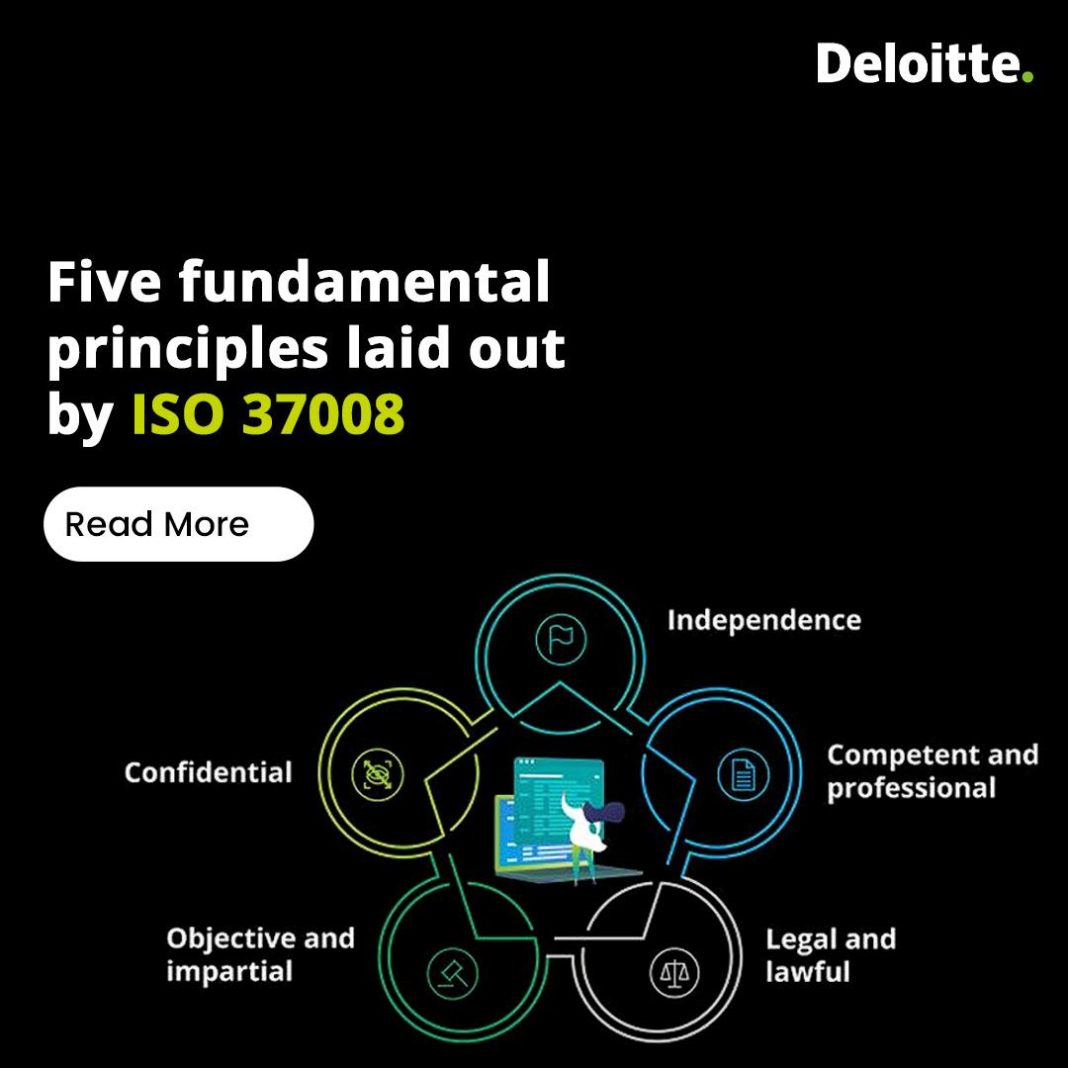In the intricate dance of dollars and cents, financial fraud lurks like a shadowy partner, waiting to ensnare the unsuspecting in its deceptive waltz. With each passing day, the tactics of fraudsters grow more sophisticated, weaving a web of illusion that can trap even the most vigilant among us. Yet, amid this labyrinth of deceit, there lies a beacon of hope: the power of knowledge. By honing your ability to discern the subtle signs of financial foul play, you can arm yourself with the foresight needed to protect your assets and secure your financial future. In this guide, we delve into the art of spotting financial fraud before it strikes, equipping you with the tools to navigate the financial landscape with confidence and authority. Prepare to embark on a journey that will transform you from a potential victim into a savvy guardian of your own wealth.
Recognizing Red Flags in Financial Transactions
In the complex world of finance, identifying suspicious activities early can save you from significant losses. Spotting anomalies requires a keen eye and an understanding of common warning signs. Here are some key indicators to watch for:
- Unusual Account Activity: Be alert to transactions that don’t align with your typical financial behavior. This could include unexpected withdrawals, transfers to unknown accounts, or frequent small transactions that add up over time.
- Requests for Personal Information: Legitimate financial institutions will never ask for sensitive information like passwords or social security numbers via email or phone. Always verify the source before sharing any personal details.
- Pressure to Act Quickly: Fraudsters often create a sense of urgency to prevent you from thinking through your decisions. Be wary of any financial opportunities that require immediate action or payment.
- Unfamiliar Vendors or Payees: Review your statements regularly for payments to unknown companies or individuals. If something seems off, contact your bank or credit card provider immediately.
By staying vigilant and recognizing these red flags, you can protect yourself from falling victim to financial fraud. Trust your instincts and always double-check anything that seems suspicious.

Decoding the Language of Deception
In the intricate world of finance, deception often wears a cloak of sophistication. To safeguard your assets, it’s crucial to become adept at identifying the subtle signs of financial fraud. Understanding the language of deception involves recognizing red flags that often accompany fraudulent schemes. Look out for overly complex jargon or terms that seem deliberately confusing. Scammers often use these tactics to create a façade of legitimacy and to intimidate potential victims into compliance.
- Promises of High Returns: Be wary of any investment opportunity that guarantees high returns with little to no risk. Legitimate investments carry some degree of risk, and fraudsters often lure victims with the promise of quick, effortless profits.
- Pressure Tactics: If you’re being pressured to act quickly or make an immediate decision, take a step back. Fraudsters often use urgency to prevent you from thinking critically or seeking advice.
- Lack of Transparency: A legitimate financial advisor or company will be open about their operations, fees, and risks involved. If you encounter vague or evasive answers to your questions, it’s a sign to proceed with caution.
By honing your ability to decode these deceptive signals, you empower yourself to navigate the financial landscape with confidence and security.

Harnessing Technology to Detect Fraud Early
In today’s fast-paced digital world, the integration of cutting-edge technology into financial systems has become a necessity for early fraud detection. By leveraging advanced algorithms and machine learning, financial institutions can now analyze vast amounts of data in real-time, identifying unusual patterns and behaviors that may indicate fraudulent activity. This proactive approach allows for swift action, minimizing potential losses and safeguarding assets.
Key technological tools in this fight against fraud include:
- Artificial Intelligence (AI): AI systems can learn from historical data to predict and flag suspicious transactions.
- Blockchain Technology: By providing a transparent and immutable ledger, blockchain ensures the integrity of financial records.
- Biometric Authentication: Utilizing fingerprints, facial recognition, and other biometric data adds an extra layer of security, making unauthorized access more difficult.
Implementing these technologies not only enhances security but also boosts customer confidence, as clients are assured that their financial information is protected by the latest advancements.

Empowering Yourself with Knowledge and Vigilance
In today’s fast-paced digital world, arming yourself with knowledge and maintaining vigilance are your best defenses against financial fraud. Stay informed about the latest scams by subscribing to reputable financial news sources and alerts. Knowledge is your shield; understanding common tactics used by fraudsters can help you recognize red flags early on.
- Educate yourself about phishing schemes and how to spot them.
- Monitor your accounts regularly for any unusual activity.
- Use strong, unique passwords for all your financial accounts.
- Be cautious of unsolicited offers that seem too good to be true.
Vigilance requires a proactive approach. Regularly review your financial statements and credit reports. Set up alerts for transactions on your accounts to catch any unauthorized activity immediately. By combining knowledge with vigilance, you create a formidable barrier against the ever-evolving tactics of financial fraudsters.





